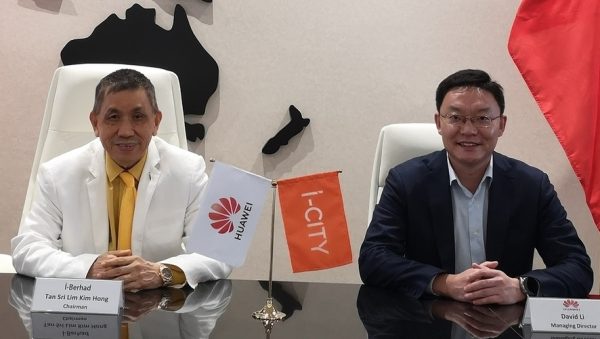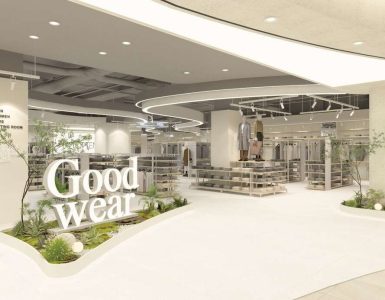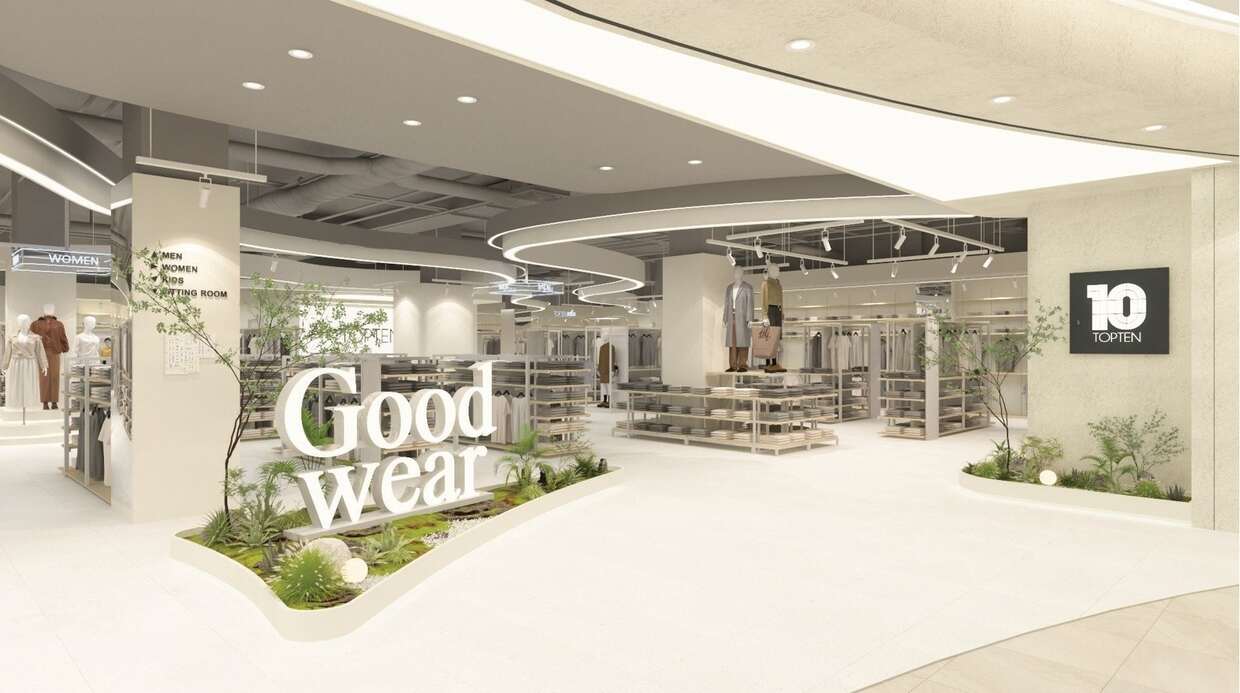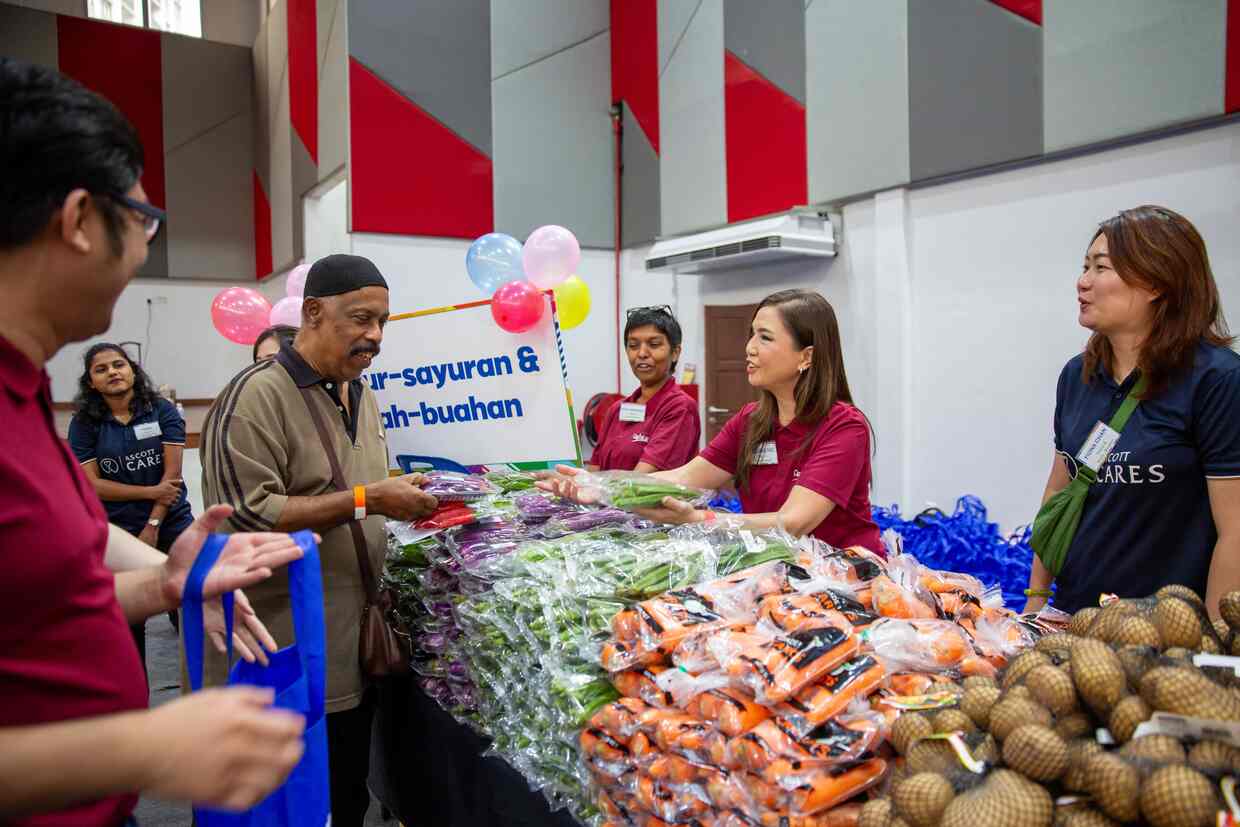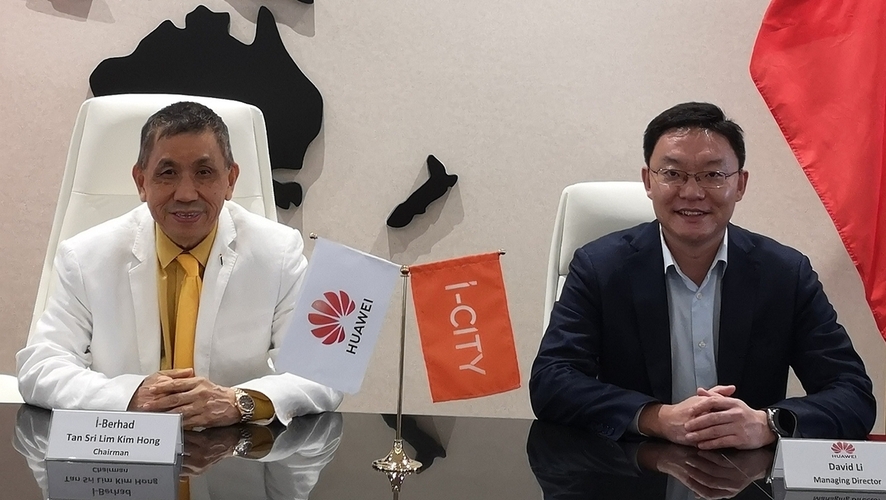
i-City recently announced its partnership with Huawei Enterprise Malaysia to reinvent the next generation of smart city.
In a statement, the ICT-based urban development in Shah Alam said the partnership would create better quality of life for residents, knowledge workers and visitors with AI and hyperscale data centre.
According to I-Berhad chairman Tan Sri Lim Kim Hong, the next generation of i-City involves artificial intelligence (AI) enhancements – converging smart home, smart city and property technology to create better value for people living, working and visiting the city.
“Imagine visiting a vibrant city with busy on-going economic activities minus the traffic congestion. Imagine being able to commute seamlessly with autonomous buses that arrive on time.
“Imagine a city that is able to work together with enforcement units for crime prevention before crime happens. Imagine moving into an office that has all the AI infrastructure in place for the company’s growth and resource planning purposes, that is the kind of ultrapolis i-City aims to be in the future,” Lim said.
I-Berhad executive director and chief technology officer Ricky Lim said with the implementation of the AI enhancements, property owners will get to enjoy more efficient buildings.
He also added that residents and visitors can enjoy a convenient lifestyle, while businesses will enjoy super broadband efficiency and services with very low redundancies.
He said I-Berhad has been unwavering in its mission to create better value for its stakeholders through smarter technologies.
“With the government rolling out 5G this year, we will see a surge in usage of internet enabled devices. Residents will want to use smartphones to manage internet-enabled devices at home and enjoy surrounding amenities such as hotels, mall, i-City Theme Park and later, our very own autonomous feeder buses. Businesses on the other hand will want to utilize AI for decision making, security and work efficiency,” Ricky said.
Ricky said right from its conceptualisation in 2008, the developer paid attention to not only architectural elements but also how digital technologies can be woven into its construction fabrics.
“We ensured that all the homes were fitted with fiber optics. We also were the first urban centre with an integrated certified Tier-3 ready data centre. This gave the development an edge as one of the developments with the highest broadband connectivity in Malaysia.
“With the basic infrastructure in place, we later scaled the connectivity further by introducing other smart elements such as smart homes and the i-City SuperApp.
“To cater to that explosion of data traffic, now is the right time to set up two new hyperscale data centres, each occupying 100,000 sq ft space within the ultrapolis,” he said.
Ricky said that the next generation of i-City would make all the infrastructures for AI utility available on demand to residents and businesses.
He added that Huawei, with its track record of being the technology giant of the east – where half of the world’s smart cities are built, has the right synergy in helping i-City, an AI-forward developer accelerates its mission to becoming Malaysia’s first and most progressive smart city.
Huawei Enterprise Malaysia managing director David Li said the company would be developing the technology and infrastructure to support the bandwidth required to bring together disparate data from millions of smart internet enabled devices such as smartphones, CCTVs and sensors.
“We would make sense of these data with advanced analytics technology and then implementing AI and machine learning for decision feedback within seconds for i-City to run seamlessly.”


